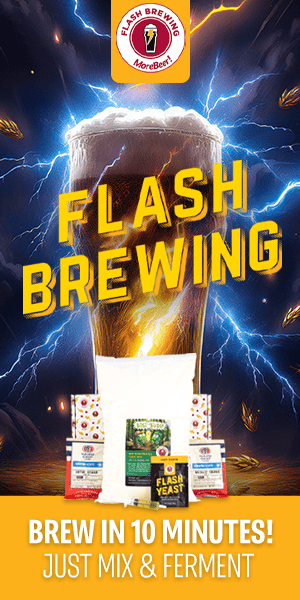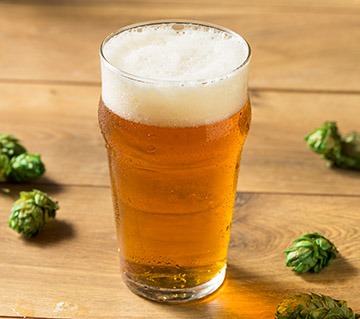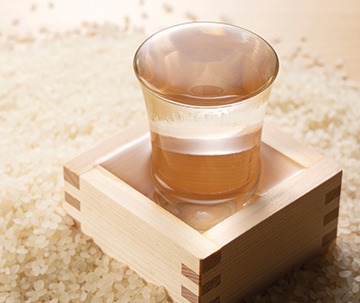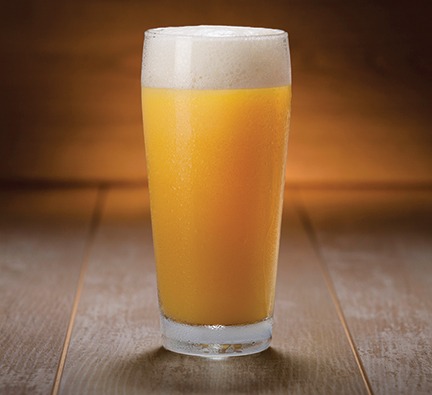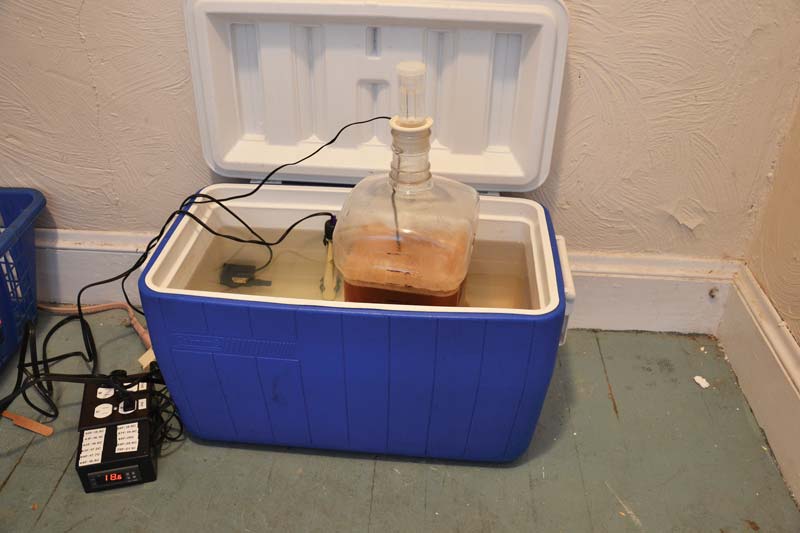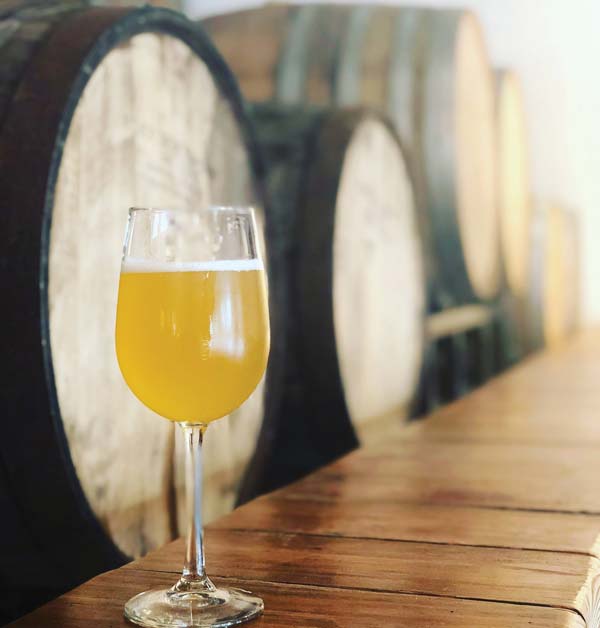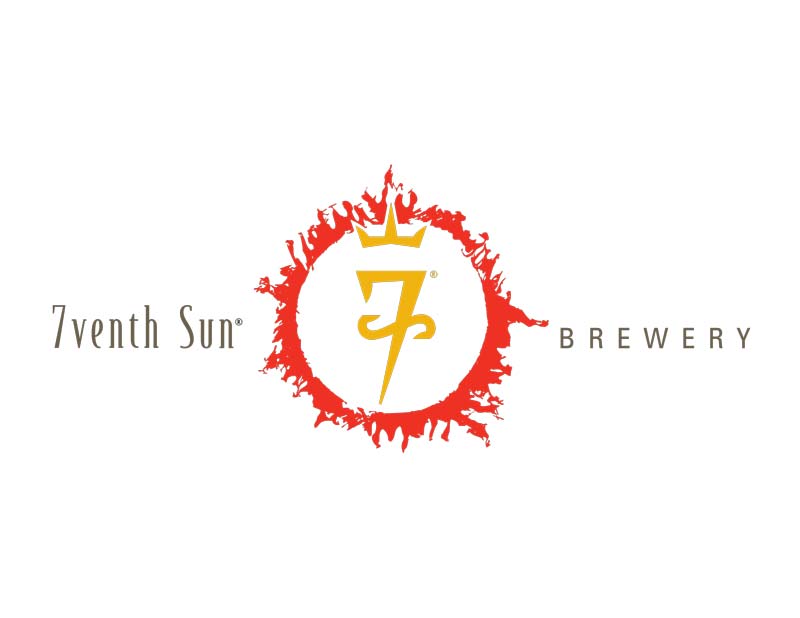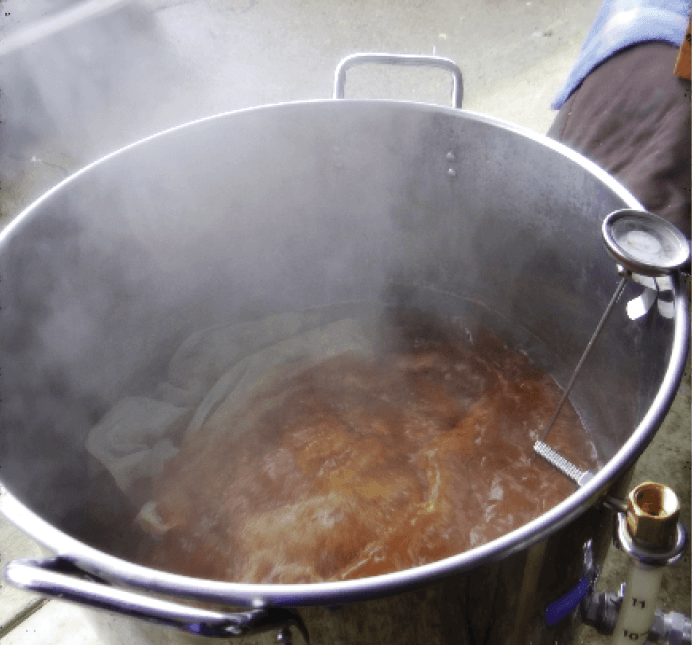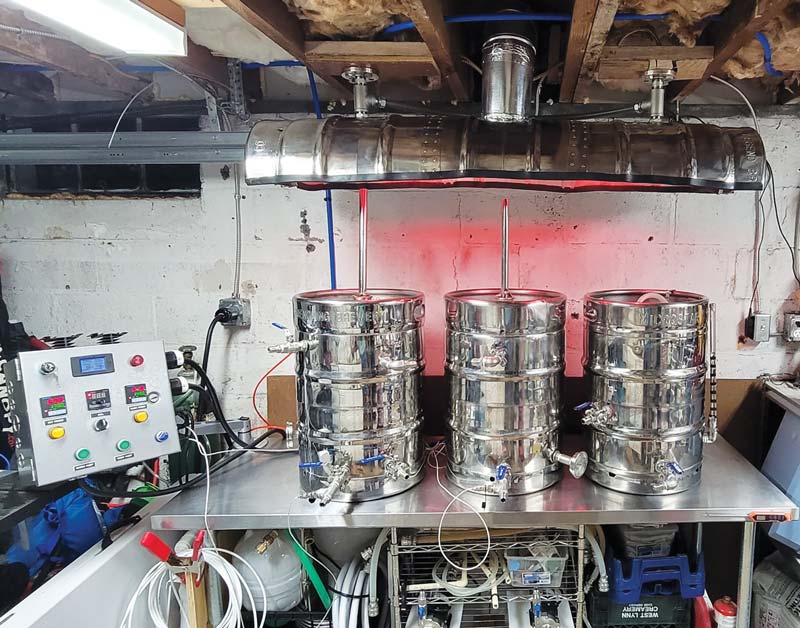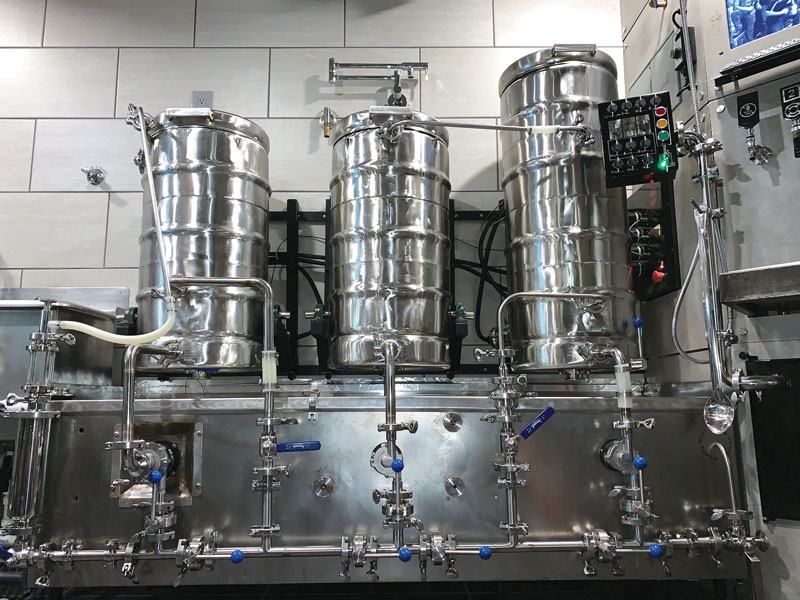July-August 2022
Article
One Style, Many Strengths
From session to imperial strength beers, the alcohol content plays a significant role in a beer’s character. But creating balanced beers at different strengths cannot always be accomplished by simply scaling ingredients up or down. Get a better understanding of the intricacies of brewing beers at different strengths.
Recipe
American Imperial Stout
American Imperial Stout (5 gallons/19 L, all-grain) OG = 1.130 FG = 1.040IBU = 60 SRM = 86 ABV = 12% Our imperial oatmeal stout takes big and bold to the next level. This
Recipe
American Oatmeal Stout
American Oatmeal Stout (5 gallons/19 L, all-grain) OG = 1.068 FG = 1.014IBU = 60–65 SRM = 35 ABV = 7% For the regular strength stout recipe we’ve combined a classic oatmeal stout recipe
Recipe
Session Stout
Session Stout (5 gallons/19 L, all-grain)OG = 1.044 FG = 1.010IBU = 22 SRM = 31 ABV = 4.5% An Americanized version of a dry Irish stout utilizing a simple malt bill
Article
Prepare for Hop Harvest
You spend all summer caring for your bines of homegrown hops. Don’t fumble at the goal line. Review how to properly harvest, dry, store, and use these treasures.
Article
A Modern Method for Calculating IBUs
IBU calculators most often used by brewers were developed prior to the popularity of adding massive hop additions after the boil. As brewing techniques evolve, the way we measure IBUs should too. A new model, dubbed SMPH, accounts for factors that have previously been overlooked, including separating isomerized alpha acids from auxiliary bittering compounds.
Article
Rice, Rice, Baby
Craft sake producers have helped grow the popularity of the ancient Japanese rice beverage across North America in recent years. Making this unique beverage is a really fun project homebrewers can embrace. Learn the basic ingredients and steps to make sake at home.
Article
Brewing Balanced DIPAs: Tips from the Pros
Double IPAs are big, bold beers, but they also require balance and a careful touch. Get tips for brewing DIPAs from three pros churning out award-winning hop bombs.
Article
Intro To Thiols: Tropical flavors in beer
Thiols have for many years held a very minor role in the greater brewing world, but that is quickly changing with the help of modern hop breeding programs. And while hops are where most folks learn of thiols, it’s actually malt where many precursors are found. Find out why this can be important during fermentation.
Article
Fermentation Temperatures, Balancing a Draft System, and Honey Malt
A lot of attention is paid to fermentation temperature, and for good reason. But are we focusing on the right details? Get the meaning of this statement, along with the Wizard’s explanation on calculated draft tubing length disparities and honey malt.
Mr. Wizard
A Dive Into Honey Malt
The rule of thumb when brewing with extracts is to steep crystal, caramel, and roasted specialty malts, and to mash specialty malts that contain starch. When crystal and caramel* malts are made,
Mr. Wizard
Balancing A Draft System
For starters, thanks for the great link. Mike Soltys, PhD. is the brains behind the hose length calculator you referenced and he has taken a fluid dynamics approach to beer line calculations
Mr. Wizard
The Importance Of Fermentation Temperatures
Fermentation temperature definitely affects beer flavor and fermentation rate, however some yeast strains are more influenced by temperature than others. I will come back to this in a moment. Brewers who have
Recipe
Gordon Strong’s Irish Stout
My recipe produces a beer more like Beamish than Guinness — it has a more complex grain bill and less bitterness than a Guinness Draught Stout.
Article
Irish Stout
For those of us beer lovers who came of age prior to the modern craft beer boom, finding an Irish stout at a bar or store was like receiving a present. Gordon Strong takes us on a journey through the history, the style, and brewing a pristine Irish dry stout.
Recipe
7venth Sun Brewery’s Saison in Paradise Clone
With a subtle spice character and quick turnaround time, this is a great summer sipper.
Article
7venth Sun Brewery
The Replicator travels to the Sunshine State to get some intel on a saison brewed by one of Dunedin, Florida’s oldest craft breweries. With a subtle spice character and quick turnaround time, this is a great summer sipper.
Article
Beauty In The Boil
Do we need to boil our wort? While the answer is no, there are plenty of advantages. Get the reasoning why.
Project
Sanke Hood Vent
Brewing indoors has long been the goal for many, but when brewing larger batches a proper ventilation system is key. One homebrewer decided to go all-in crafting a hood vent from Sanke kegs that he cut in half and riveted together.
